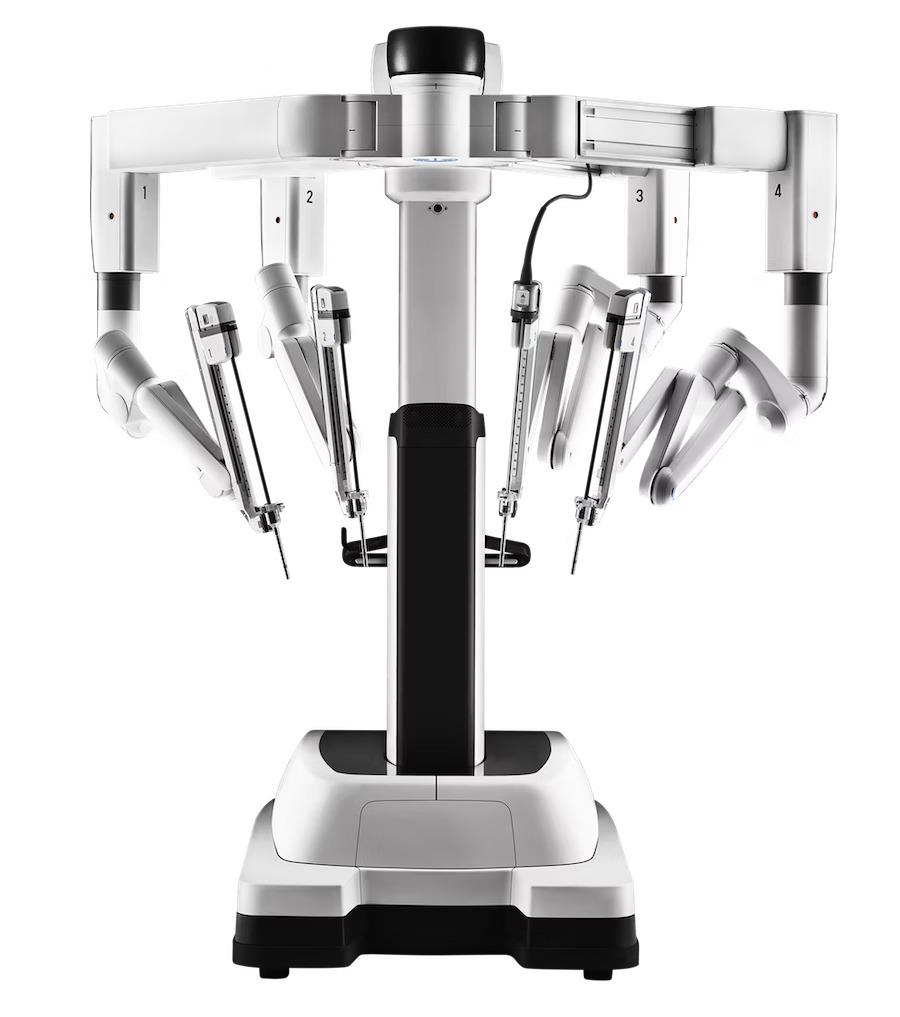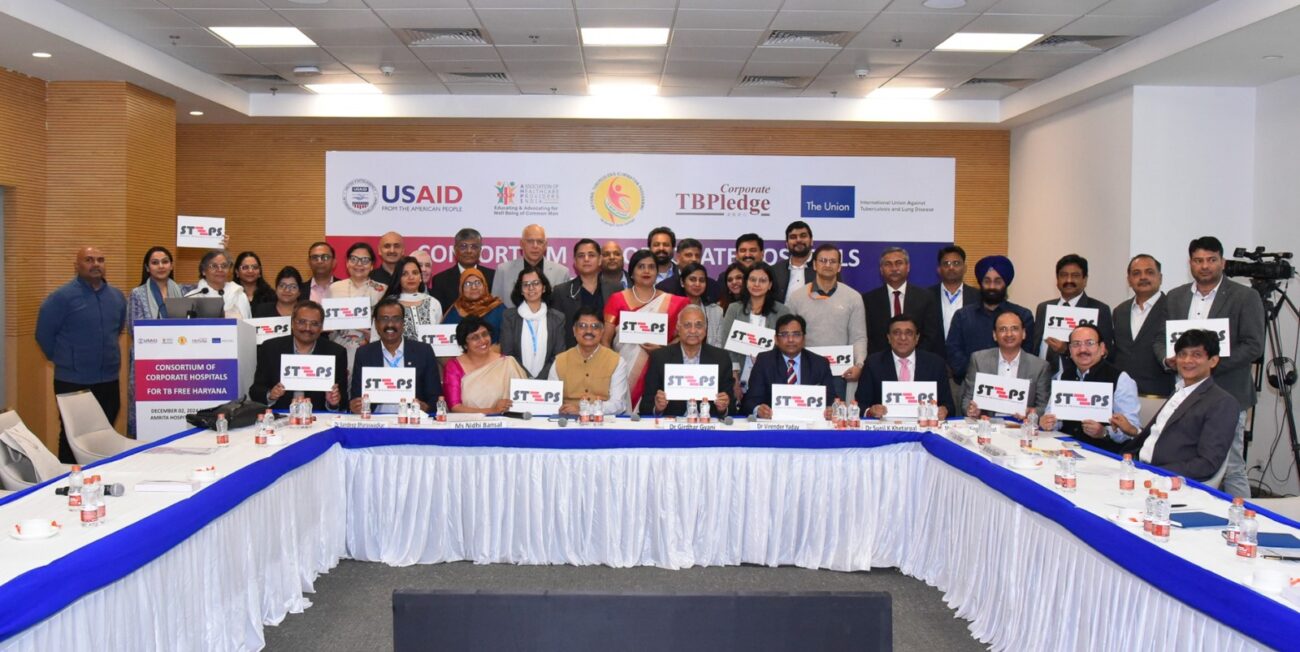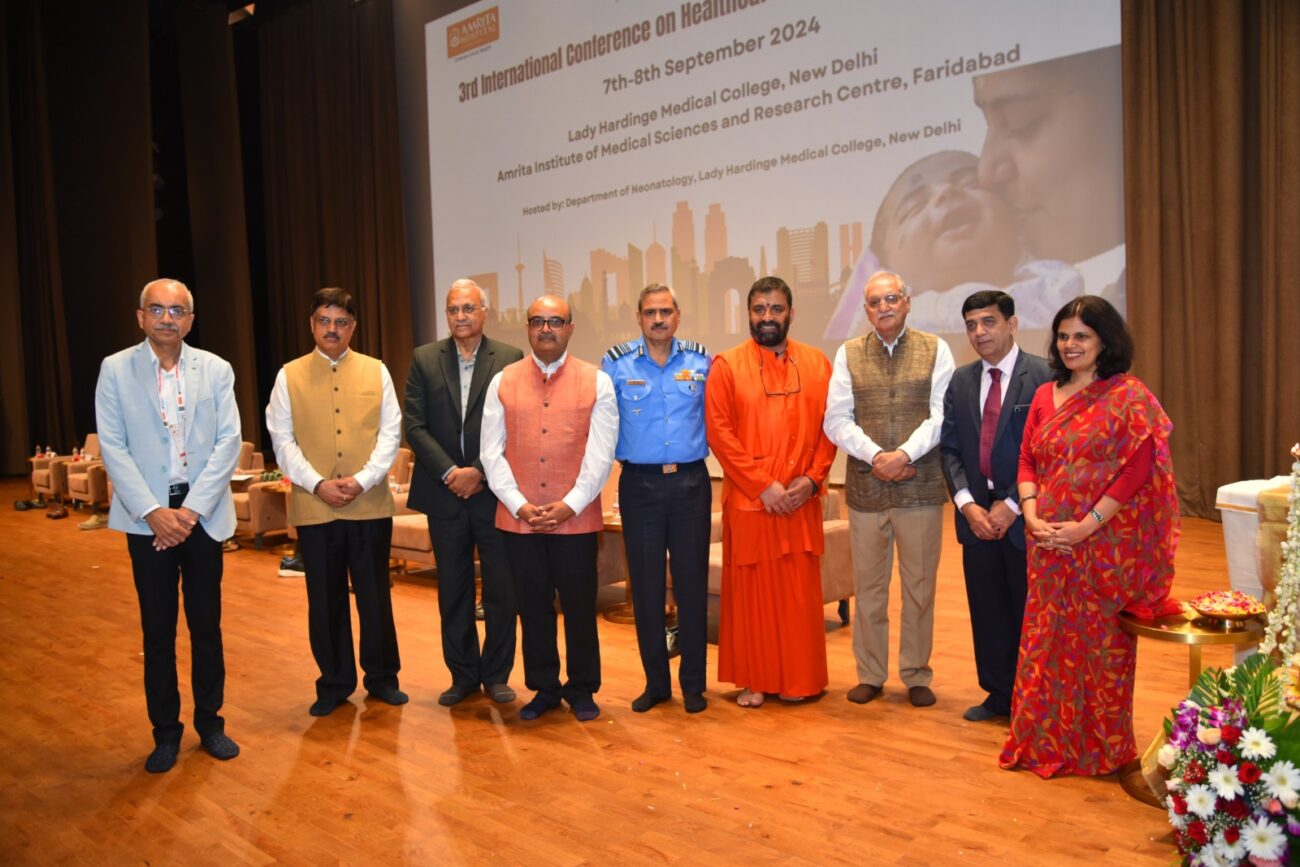Amrita Hospital, Faridabad, proudly offers a comprehensive largest cutting-edge robotic team
Amrita Hospital installs latest da Vinci Xi system for robotic-assisted minimally invasive surgery Patients operated upon successfully using the fourth-generation robotic system that is considered the most advanced in the world The 2,600-bed Amrita Hospital

- Amrita Hospital installs latest da Vinci Xi system for robotic-assisted minimally invasive surgery
- Patients operated upon successfully using the fourth-generation robotic system that is considered the most advanced in the world
The 2,600-bed Amrita Hospital at Faridabad has installed the da Vinci Xi surgical system from the US-based Intuitive that offers surgeons an advanced set of instruments for performing robotic-assisted minimally invasive surgery. With this, the hospital now offers new age surgical technology to patients for uro-surgical, gastro-surgical, gynaec-oncologic, cardiothoracic, general surgeries and head and neck cancer surgeries. With state-of-the-art instrumentation and features like integrated table motion, da Vinci Xi surgical system provides multi-quadrant access to conduct a variety of complex surgical procedures. This is for the first time that a da Vinci surgical system has been installed at a hospital in Faridabad.
Said Dr. Sanjeev Singh, Medical Director, Amrita Hospital, Faridabad: “Robotic-assisted minimally invasive surgery results in less pain and blood loss, fewer complications and quicker recovery time compared to traditional surgery. Considering its vast benefits, we have installed the world’s most advanced, fourth-generation surgical system, the da Vinci Xi. It would immensely benefit our patients and help us deliver the highest standards of medical excellence through cutting-edge technology.”
The da Vinci Xi system converts the hand movements of the surgeons at the console in real time to precisely bend and rotate tiny wristed instruments, enabling the surgeons to operate through a few small incisions. The various robotic arms can perform manoeuvres and rotations beyond the natural ability of the human hand. A 3-D high-definition camera relays a live video feed of the surgical area back to the surgeon. All this results in expanding the surgeon’s capabilities and delivering better clinical outcomes.
Amrita Hospital, Faridabad, has already conducted surgeries with the latest da Vinci Xi system.
Surgeons conducted reconstructive surgery (pyeloplasty) of the urinary passage of a 65-year-old woman that was blocking the flow of urine to her bladder. Said Dr. Manav Suryavanshi, Head, Department of Urology, Section Incharge – Uro Oncology & Robotic Surgery, who operated upon the patient: “We chose the da Vinci robotic platform due to the high precision needed in such surgeries. In this case, the dexterity offered by robotic technology allowed us to overcome multiple challenges including morbid obesity of the patient and single functioning kidney. Using the advanced system, we could perform such a complex surgery from very small keyholes. The patient was discharged three days later. To the best of our knowledge, this is the first-ever robotic surgery in Faridabad on a Da Vinci Xi system and has been of immense benefit to the patient who had only one kidney functioning.”
In another case, a 60-year-old obese woman suffering from endometrial cancer was successfully operated by robotic surgery through very small incisions and discharged from the hospital in a couple of days.
Said Dr. Neha Kumar, Senior Consultant, Department of Gynecologic Oncology, who led the surgery along with Dr. Shweta Mendiratta, Senior Consultant, Department of Obstetrics & Gynaecology: “The da Vinci Xi system is very precise and offers superior access to all parts of the abdomen, with very little chance of conversion to open surgery, in contrast to laparoscopic surgery where instruments are rigid with chopstick movements, and conversion to open surgery has been reported in up to 25% patients. Considering all this, the patient was recommended robotic surgery for staging of endometrial cancer, that included total hysterectomy with removal of both tubes and ovaries as well as the lymph glands in the pelvis. The surgery was challenging due to patient’s obesity, but with the robotic platform, the minimally invasive procedure could be done successfully. She was completely fit, mobile and independently managing all her daily activities at the time of discharge.”






